Photographs: Reuters
China is once again in the news. Having overtaken Japan as the world's second-largest economy, it is flexing muscles.
It chose to deny entry to an Indian army officer scheduled to participate in a bilateral dialogue because of his posting in Jammu and Kashmir, has reportedly taken control of parts of the state from Pakistan, and has seized maps of India from the Indian Pavillion at the Shanghai Expo because they show Arunachal Pradesh as part of India.
There is method in China's madness.
...
'Blow hot, blow cold'
Image: Prime Minister Manmohan Singh and Chinese President Hu JintaoPhotographs: Reuters
Keeping India off balance is an old Chinese game. Playing with India's highly emotional media and political class with its 'blow hot, blow cold' tease is another.
Winning friends in India's neighbourhood is a third. But to place China's latest acts of 'assertiveness' in perspective, one must also draw attention to internal divisions within China as to how it should deal with the world, with Asia and with India.
If in India there are as many views as there are people thinking about an issue, in China there are at least two views. When the less assertive political leaders are on top, China appears reasonable and friendly; when the more assertive Communist Party and People's Liberation Army leaders are on top, China appears menacing.
...
Who's the boss in Asia?
Image: Chinese policemen take part in anti-riot training at a military basePhotographs: Reuters
With respect to India, there have been two underlying trends: first, the so-called 'all weather friendship' with Pakistan; and, second, the willingness to hurt India every now and then to show who's the boss in Asia.
How should India respond? Coolly and calmly. Impotent rage is no substitute for potent action.
India should never lose sight of the internal political dynamic within China and should keep all its lines of communication open with the more liberal and sensible Chinese. Finally, India must continue to focus on its own economic development and defence capability.
...
India must show the capacity to befriend other nations
Image: A snow-covered army camp is seen after a snowfall at the India-China trade route at Nathu-LaPhotographs: Rupak De Chowdhuri/Reuters
Six decades ago, in November 1950, India's legendary home minister and 'Iron Man' Sardar Vallabhbhai Patel wrote a letter of great foresight, vision and strategic thinking to Prime Minister Jawaharlal Nehru outlining what India must do to meet the 'China threat'.
Much of what Sardar Patel said remains relevant even now. Having shown the resolve to strengthen its own capability and defences, India must show the capacity to befriend as many other countries, especially major powers, as possible.
...
India should make more friends
Image: Russian dolls depicting US President Barack Obama and Chinese President Hu JintaoPhotographs: Reuters
That is precisely what China itself did. In seeking to deal with the challenge closer home, from the Soviet Union, China reached out to the United States, benefited economically from the relationship and helped the US win the Cold War.
It is time India learnt a lesson or two from China on how to win friends in a multipolar world. It is, however, sadly amusing to see India's Parliament defending national sovereignty with words on a piece of paper, the week China is challenging it with deeds on the ground!

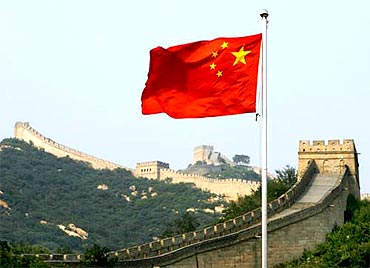
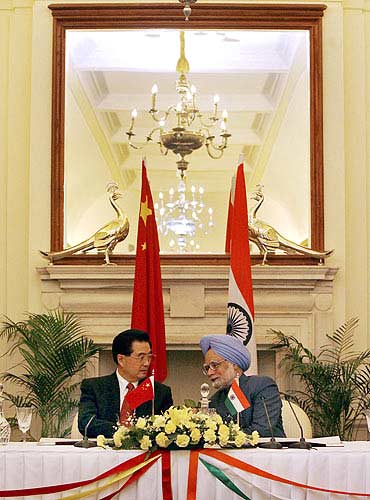
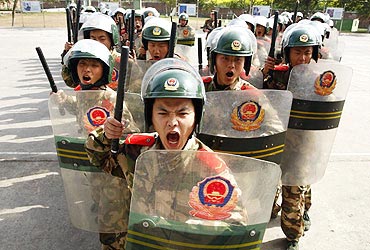
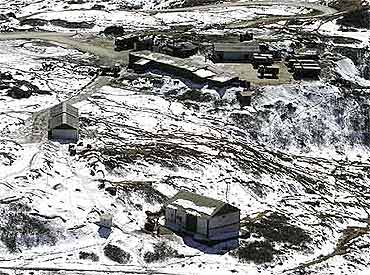
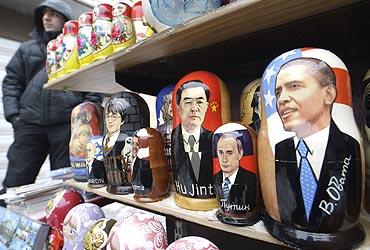
article